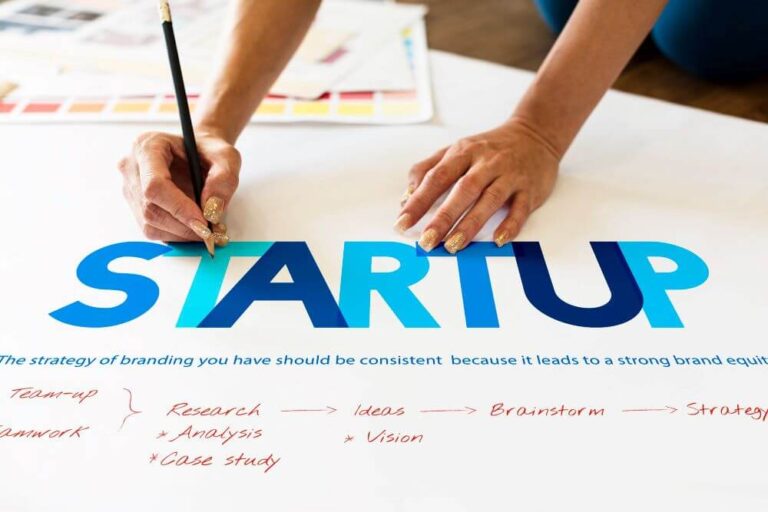The startup world thrives on buzzwords—disruption, growth hacking, scaling fast. Everyone talks about launching the next big thing, but few talk about what happens after the launch. The truth is, getting a startup off the ground is only half the battle. The real challenge? Building something that lasts.
So, is your startup just built to launch, or is it designed to stand the test of time? Let’s dive into what separates the flash-in-the-pan ventures from businesses that grow sustainably.
The Myth of “Move Fast and Break Things”
Speed is often glorified in startup culture. Founders are encouraged to move fast, pivot quickly, and scale at all costs. But growth without a solid foundation is like building a skyscraper on sand. It might look impressive at first, but it won’t hold up when things get tough.
Instead of focusing solely on rapid growth, smart founders prioritize sustainable growth. That means understanding your market deeply, refining your product based on real customer feedback, and building operational systems that can scale with your company. Moving fast is great—but only if you’re headed in the right direction.
Smart Money & Rethinking Your Investment Strategy
Funding is the lifeblood of any startup, but not all money is created equal. Many founders rush to secure capital without fully understanding the long-term implications. Equity dilution, debt obligations, and investor expectations can shape the trajectory of your business in ways you might not anticipate.
That’s why it’s important to explore different investment options for first-time business owners. Beyond traditional venture capital, consider angel investors, revenue-based financing, crowdfunding, or even bootstrapping if it aligns with your growth goals. Each option comes with trade-offs in terms of control, risk, and scalability. The key is finding a funding strategy that aligns with both your short-term needs and long-term vision.
Employee Ownership Is More Than Just a Perk
As your startup grows, attracting and retaining top talent becomes a major priority. Competitive salaries are important, but they’re not always enough—especially when you’re competing with bigger companies that can offer more. This is where equity-based incentives come into play.
Employee Stock Ownership Plans (ESOPs) are a powerful tool for building a culture of ownership within your company. They give employees a direct stake in the company’s success, fostering loyalty and alignment with business goals. But implementing an ESOP isn’t just about handing out shares; it’s a strategic move that requires thoughtful planning.
One key element to consider is ESOP lending. This financing mechanism allows companies to borrow money to fund the purchase of shares for employees. It’s a win-win: the company gets the capital it needs, and employees gain ownership without upfront costs. Beyond financial benefits, ESOPs can enhance company culture, improve performance, and provide a unique edge in talent acquisition.
Profitability Over Growth & the Shift in Startup Metrics
For years, startups were judged primarily on growth metrics—user acquisition, market share, revenue growth. But recent shifts in the economic landscape have forced a reevaluation. Investors and founders alike are realizing that growth without profitability isn’t sustainable.
Profitability doesn’t mean sacrificing growth; it means growing smarter. Focus on unit economics, customer lifetime value, and efficient operations. Prioritize strategies that generate consistent revenue streams and reduce dependency on constant fundraising. A profitable business isn’t just more resilient; it’s more attractive to investors who value long-term viability over flashy numbers.
Adaptability Is the True Competitive Advantage
In startups, adaptability often trumps even the best-laid business plans. Markets evolve, customer needs shift, and unexpected challenges—like economic downturns or global events—can derail even the most promising ventures.
The most successful startups aren’t the ones with the perfect plan; they’re the ones that can pivot when necessary without losing sight of their core mission. This requires a combination of data-driven decision-making, strong leadership, and a willingness to experiment. Embrace failure as part of the process, learn quickly, and stay flexible. In business, adaptability isn’t a backup plan—it’s the strategy.
Building for the Long Haul
Launching a startup is exciting, but longevity is where the real challenge lies. Sustainable growth, smart funding decisions, employee ownership, profitability, and adaptability are the pillars that separate lasting businesses from fleeting trends.
So, ask yourself: Is your startup built to last, or just built to launch? The decisions you make today will determine not just whether your business survives, but whether it thrives for years to come.


